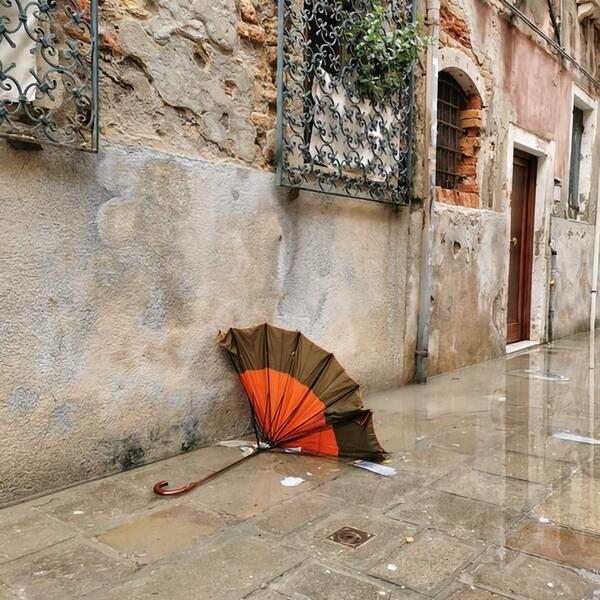learning to become a potter, a tailor, or a basket weaver
A frequently recurring theme in Than Phor Lee’s Dhamma talks was that the Dhamma is a skill to be mastered, in the same way that a manual skill is to be mastered, through using one’s powers of observation and ingenuity. Here, for example, is an example of how he developed this analogy:
What does discernment come from? You might compare it with learning to become a potter, a tailor, or a basket weaver. The teacher will start out by telling you how to make a pot, sew a shirt or a pair of pants, or weave different patterns, but the proportions and beauty of the object you make will have to depend on your own powers of observation. Suppose you weave a basket and then take a good look at its proportions, to see if it’s too short or too tall. If it’s too short, weave another one, a little taller, and then take a good look at it to see if there’s anything that still needs improving, to see if it’s too thin or too fat. Then weave another one, better-looking than the last. Keep this up until you have one that’s as beautiful and well-proportioned as possible, one with nothing to criticize from any angle. This last basket you can take as your standard. You can now set yourself up in business.
#Dhamma #Dharma #AjaanLeeDhammadharo #AjaanLee
#fediverse #networking @[email protected] @[email protected] @[email protected]
